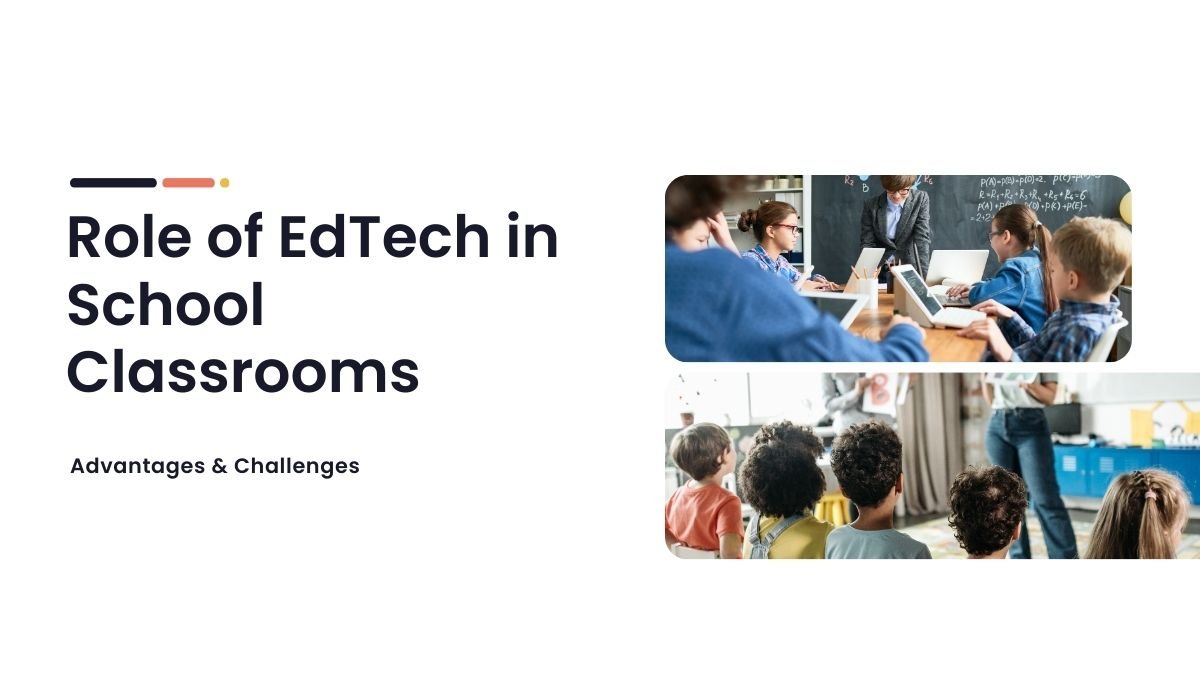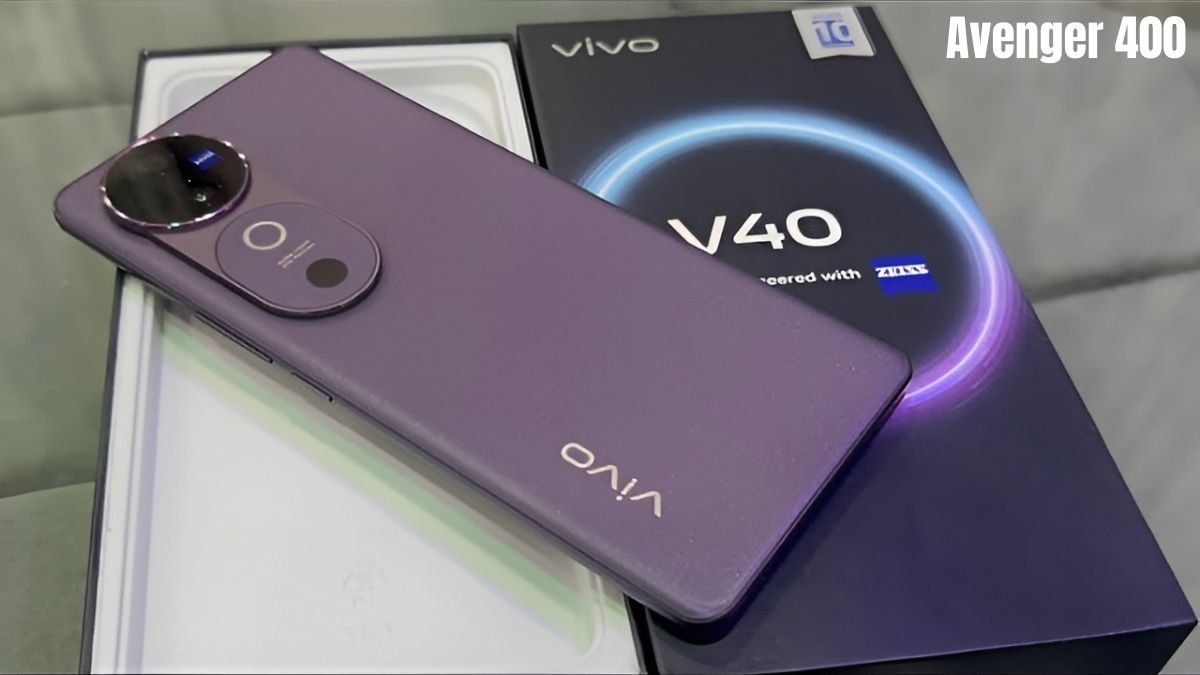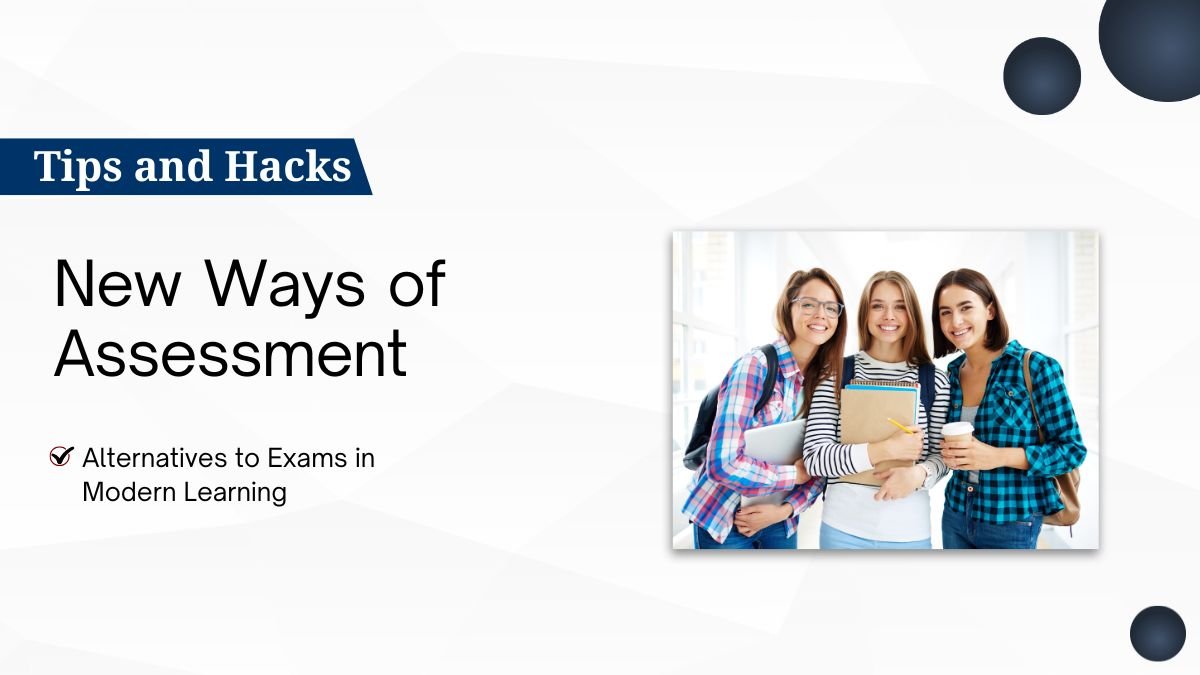Importance and Challenges of EdTech in Classroom Teaching
The scenario in today’s classrooms, augmented with n-most-best EdTech methods, has truly transformed education from a mere transaction between the teacher and student and has turned learning from, into, and beyond-the-sound into activity, personalization, resource-richness, and future orientation.
EdTech usages could make learning fun, interesting, and interactive while applicable for motivating classrooms. Still need correct interpretation or education, and then possible challenges would arise.
1. Benefits of EdTech
(a) More Engaging
The smartboard, use of multimedia and videos, interactive quizzes, and game-based learning have all made the classroom interesting. Their attention is captured; they fully participate in learning.
Example:
- Using a virtual lab in a science class to show chemistry experiments to students.
- Explaining a historical event through video and animation in a history class.
Personalized & Self-Paced Learning
EdTech platforms and apps provide all educational content according to the learning style, pace, and needs of students. This makes learning inclusive and customizes it for all learners.
Example:
- If a student learns quickly in mathematics, he can be given advanced practice.
- Simple examples and additional explanations should be available for a slow learning student.
Access to an Easy Resource
Through EdTech, students can access virtual libraries and online research-digital library-global classrooms, and they are beyond books.
Example:
- Conducting chemistry experiments on an online virtual laboratory.
- Access to content from worldwide digital collections on a historical subject.
Improved Collaboration
Encourage students to do shared projects, group discussions, teamwork through digital tools—making them more effective in communicating with others.
Example:
- Preparing group presentations using Google Docs or Microsoft Teams.
- Sharing ideas and getting feedback on online forums.
Future Preparation
It teaches the 21st century technical skills to the students. Gradually they will be able to fit into the digital life and professional living of the future.
Example: Data analysis, programming, digital presentation, and online collaboration skills.
Flexibility & Accessibility
Mobile and hybrid learning platforms give students the opportunity to learn from anywhere and anytime possible. Such possibilities can break many barriers in education.
Support for Special Needs
EdTech gives special tools and adaptations to students, like ability to use screen readers, special apps, and adjustment of content, opening equal opportunities in learning for all students, independently from their learning abilities.
2. Major Issues in EdTech
(a) Digital Divide
There is a gap between students in the possession of devices and internet access. This may widen an already existing gap in educational opportunities for students from poor or rural areas.
(b) Distractedness and Reliance
Excessive use of modern technology distracts the attention of students. Dependence on devices reduces deep learning and human interaction.
Cost Infrastructure
There are vast amounts of funding required to implement EdTech—from devices and software to infrastructural requirements. This is a big challenge for schools and educational institutions.
Teacher Training
Teachers should be able to apply EdTech in the right manner and pedagogically. Just knowing a technology isn’t enough; the learner needs to know how to use technology as a helpful and effective tool in teaching.
Data Privacy Issues
EdTech platforms gather data from students, creating privacy and safety issues that need careful consideration.
Inconsistent Effect
Mixed results are evident from studies examining EdTech’s influence on learning. It depends on authorities’ quality, teacher training, and correct usage settings.
Outdated Content and Assessment
Technology is rapidly evolving, and in a few years, content on many sites may rely on pedagogical methods that are outdated or not proven.
3. Useful Practical Tips for B.Ed Students
- An Aid that is EdTech: Using technology to add value to teaching rather than for superficial beautification.
- Access for All Students: Prepare for offline resources as well, and have alternative plans keeping in mind the digital divide.
- Balanced Approach: Incorporate some personal interaction and practice alongside technology use.
- Ongoing Professional Development and Currency: Understand both methodological advantages and disadvantages of newly emerging technologies and platforms.
- Security and Privacy: Protect and secure student data and platforms.
Conclusion
EdTech revolutionizes classroom teaching, making it more interactive, personalized, and oriented toward future demands. Independent, active learning is opened for students. Through EdTech, teachers can manage classrooms more effectively with collaborative work and resource availability.
However, there are adverse aspects such as the digital divide, less teacher training, and costs, all needing careful attention and strategy.
Thus, it becomes all the more important for B.Ed students to know the balanced and pedagogical use of EdTech so that they can succeed in digitally enabled and inclusive education as future teachers.









